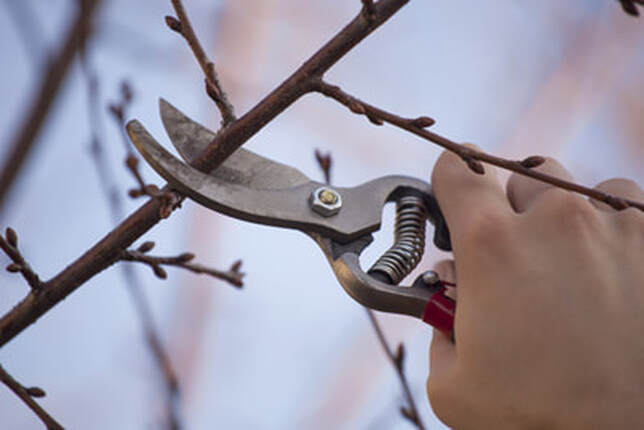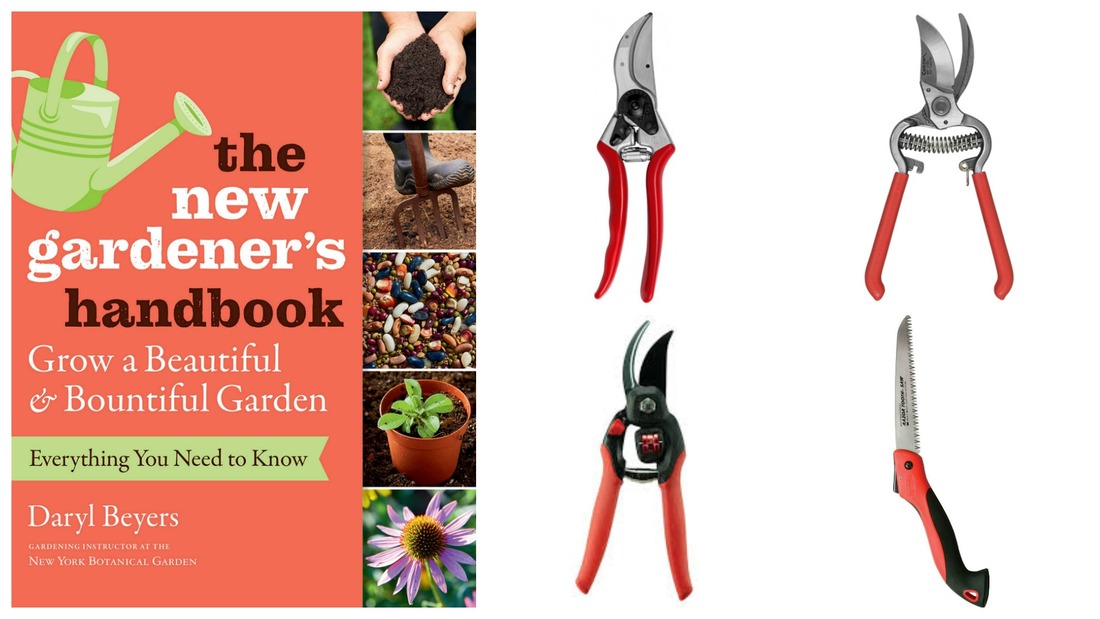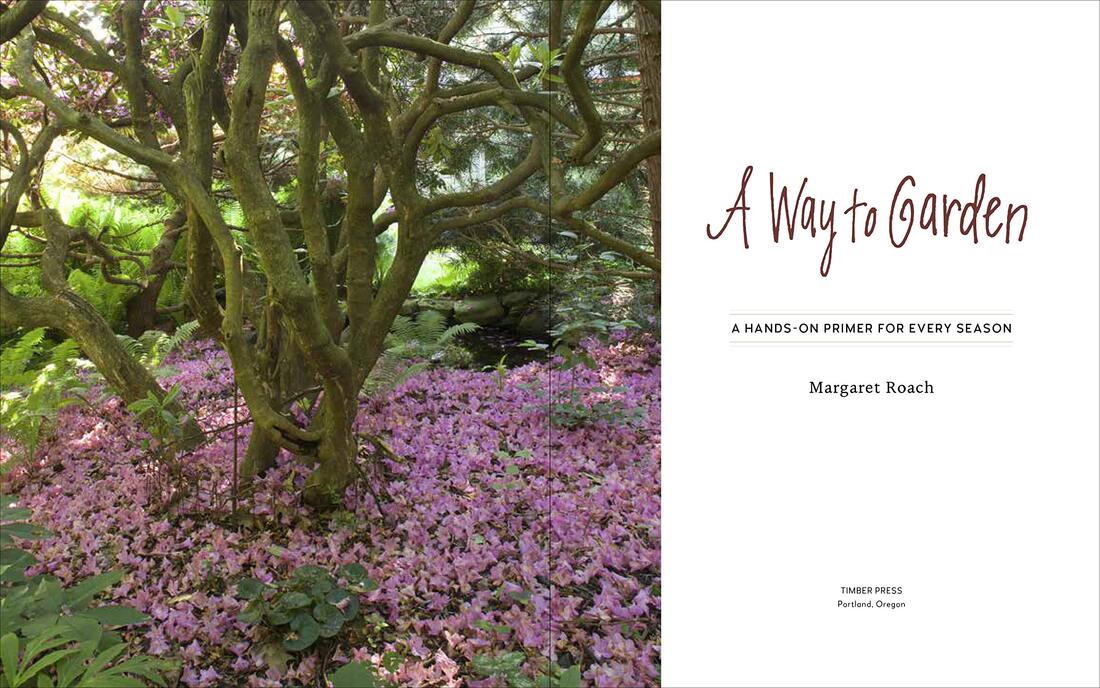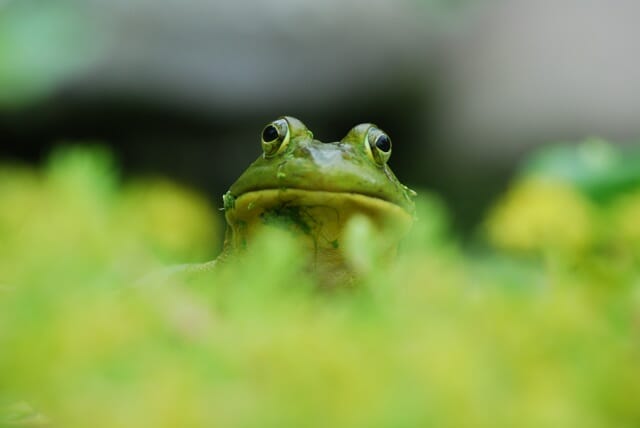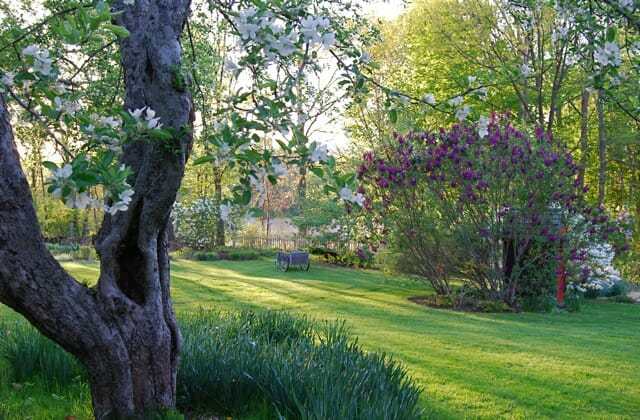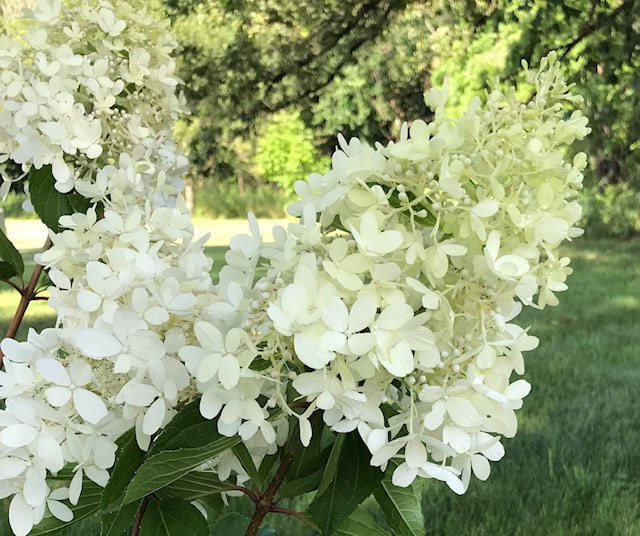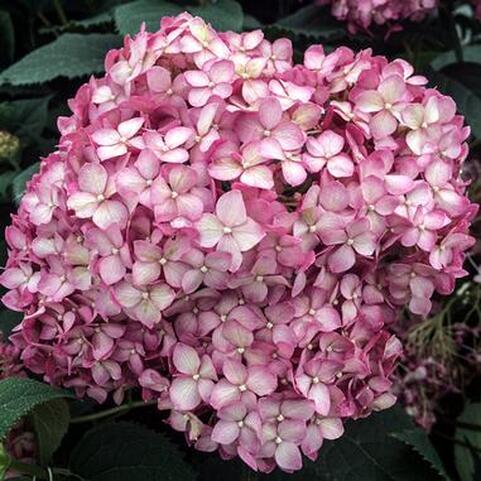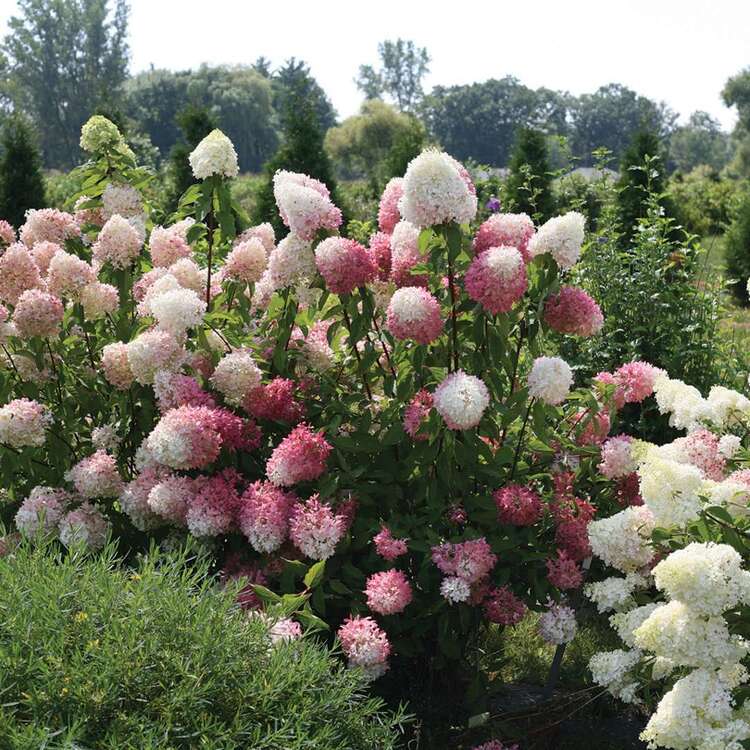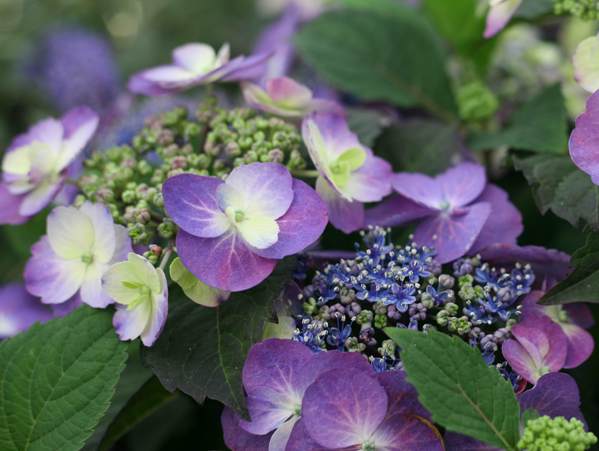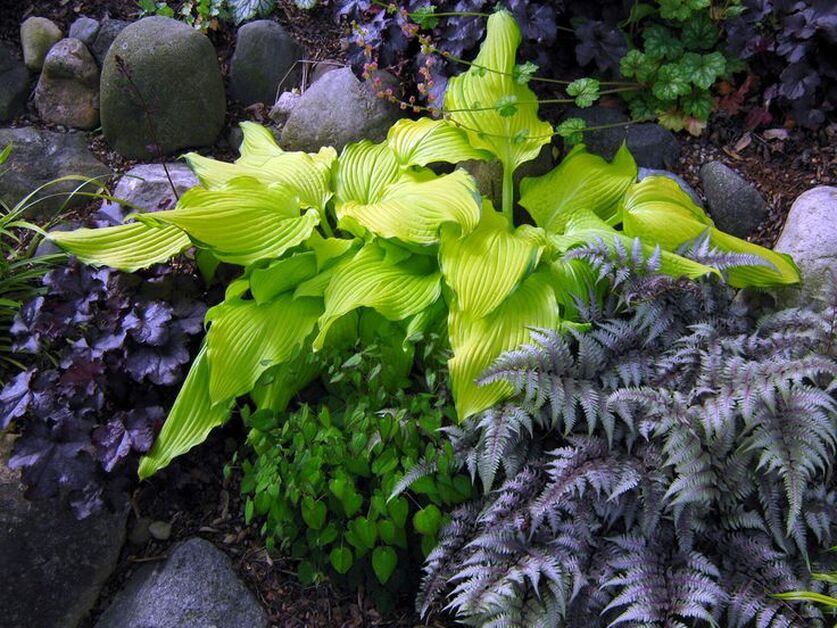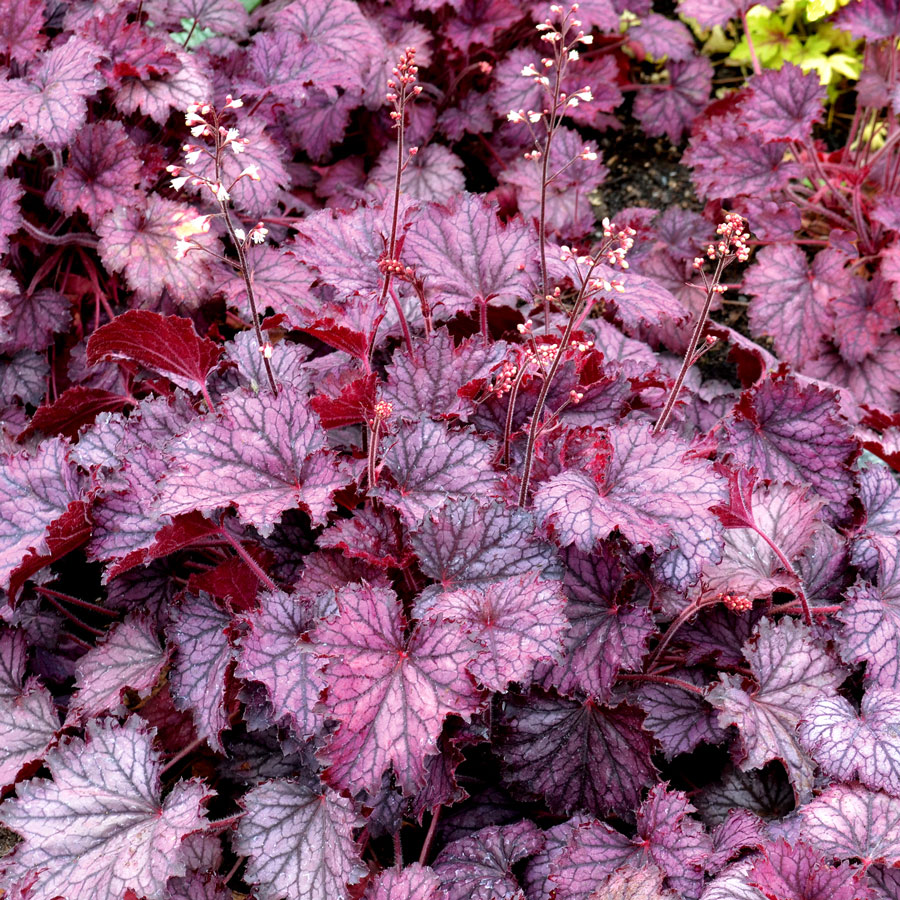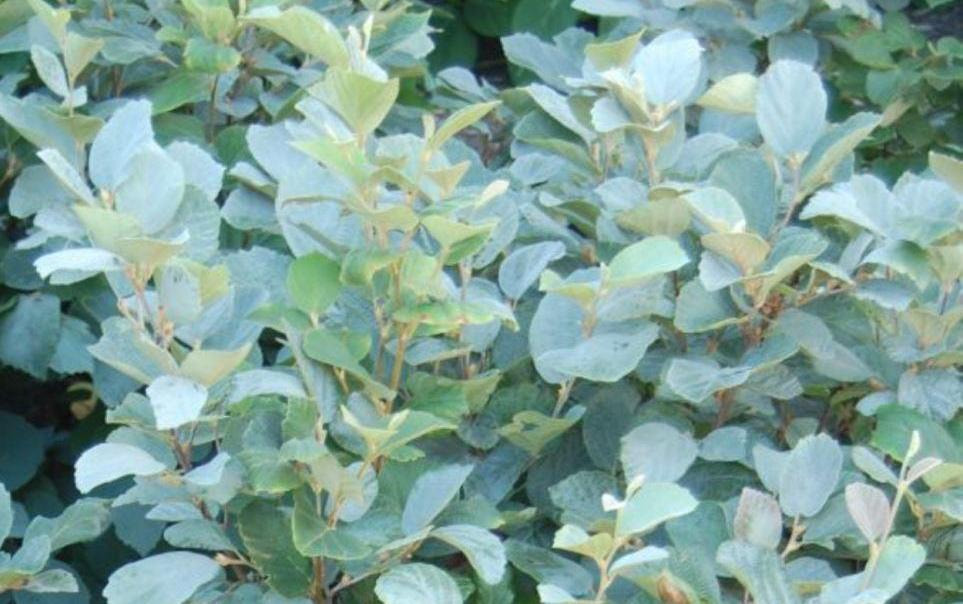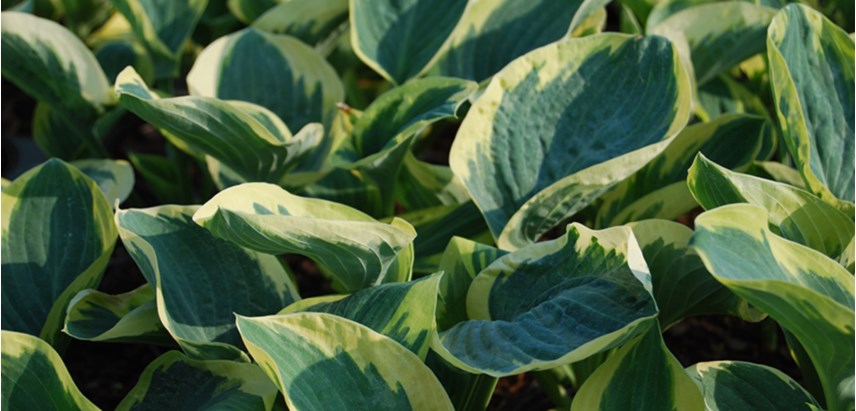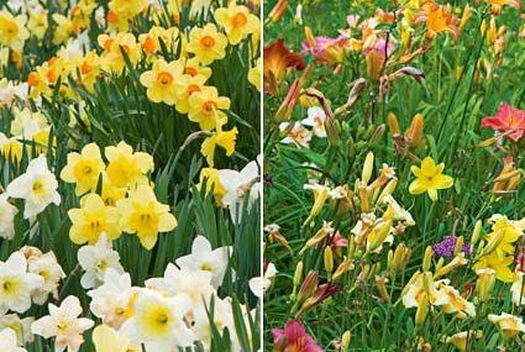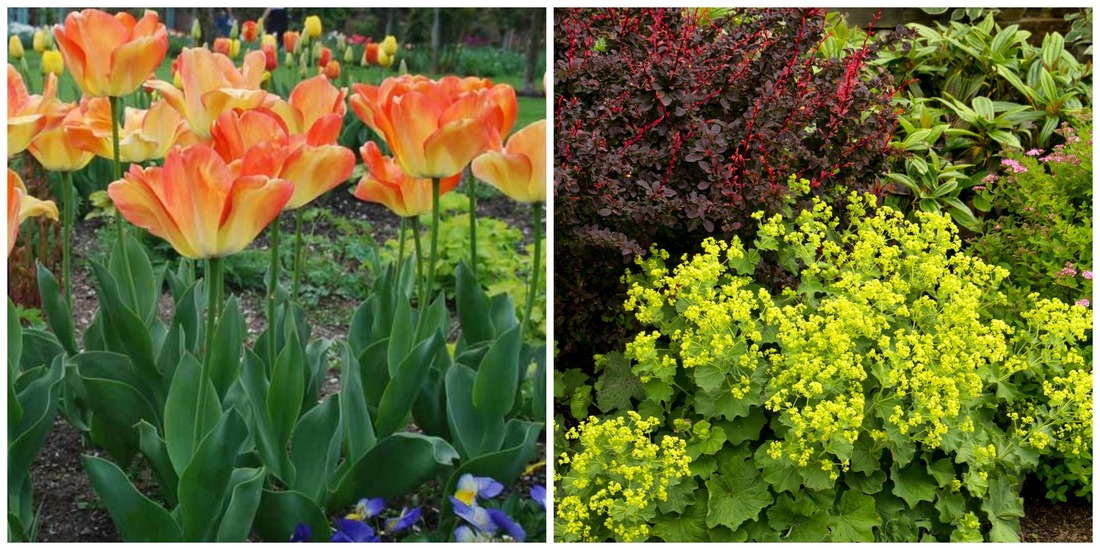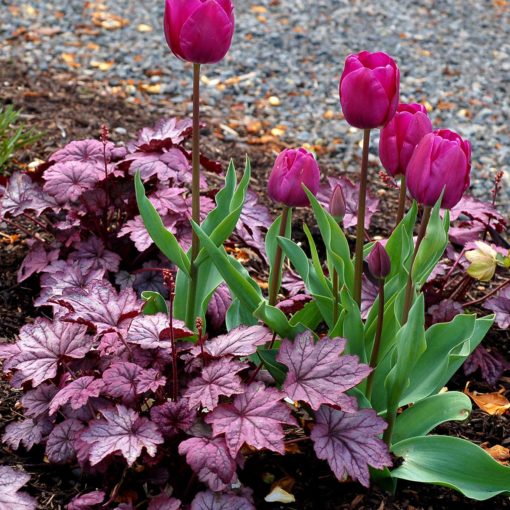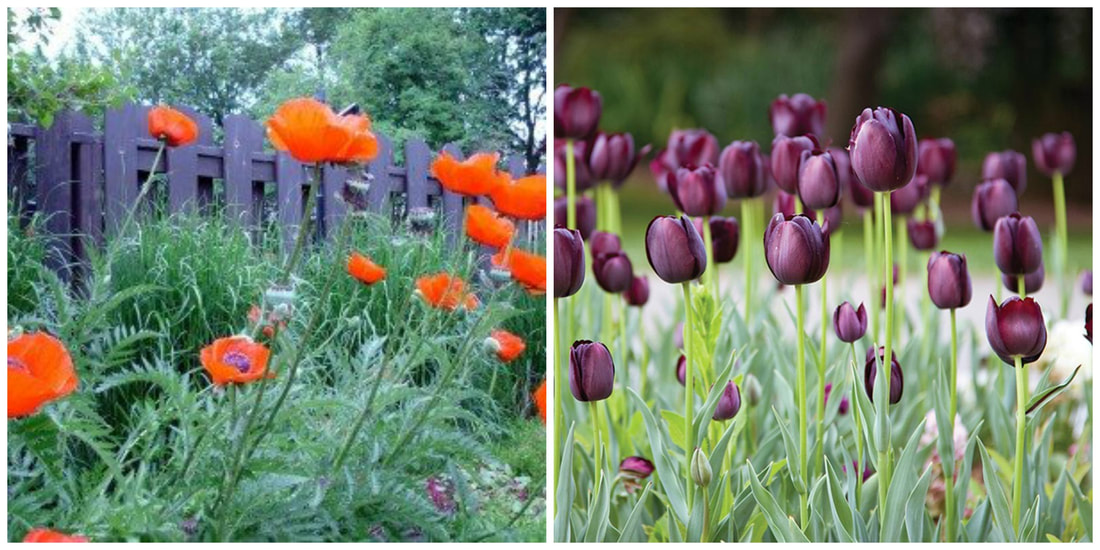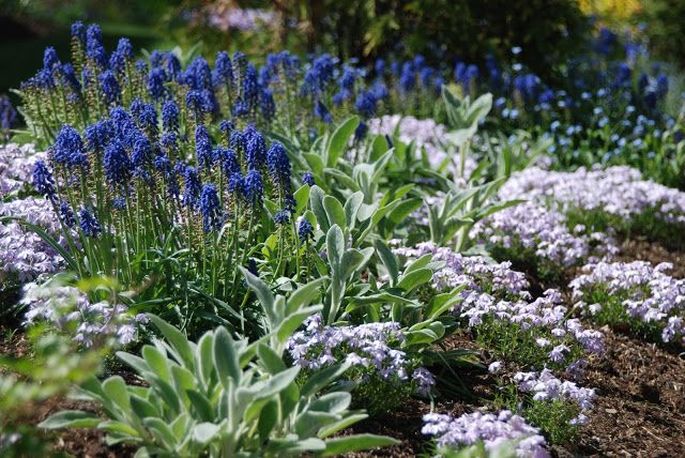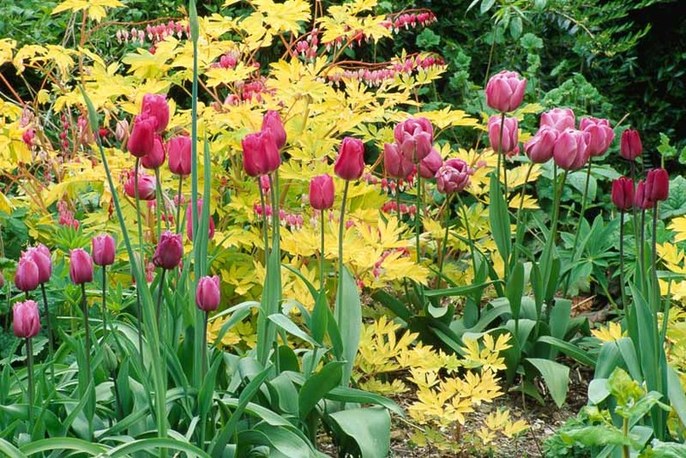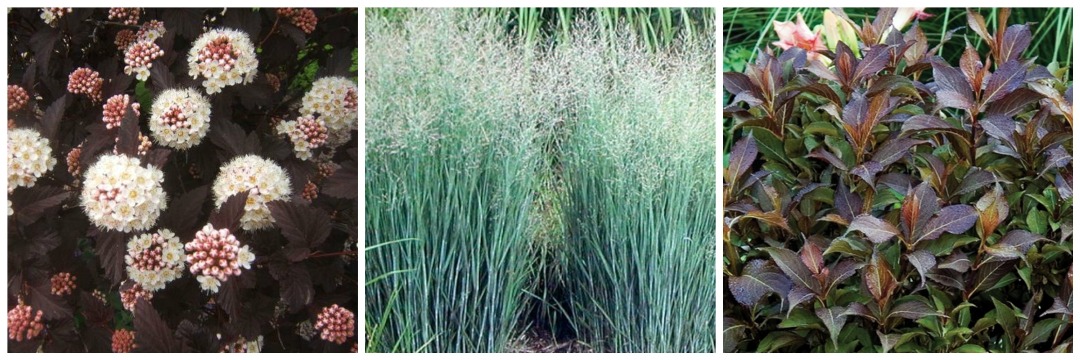|
3/9/2020 4 Comments Spring PruningEvery year about this time, gardeners stand in their yards with pruners in hand ready to cut, whack, saw, and do the meatball. But wait. Not all woody plants should be pruned the same way or at the same time. Other gardeners are intimidated with pruning, get out the hedge sheers or prefer to do nothing. No matter which you are, these helpful tips will boost your confidence and arm you with the know-how to make the right cuts. Pruning Basics
The Unprunables * Some shrubs can be intimidating even for experienced gardeners. Elderberry, Flowering Quince, Forsythia, Mock Orange, and Weigela can be pruned using three different techniques. One is known as rejuvenation which involves cutting all the branches back hard to about 6 inches from the ground. This stimulates an explosion of new growth and is best used when shrubs have grown out of control. If this is too drastic for you, break it into a three-year plan. Every year for three years, remove one-third of the oldest canes to the ground level. By year three, you'll have a completely new, nicely-shaped, healthy shrub. The other two methods for the unprunables are described here. Other Tips & Resources
Fruit Tree Care in Spring
We get lots of questions every spring about fruit trees, including when and how to prune. The following should help answer your questions:
Tracy Hankwitz, horticulturist and General Manager at Burlington Garden Center.
4 Comments
2/24/2020 0 Comments Book Review: A Way to Garden Conception. Birth. Youth. Adulthood. Senescence. Death & Afterlife. These stages of life that we experience are used in Margaret Roach's book to describe a plant's life cycle through the year. That in itself tells the reader this is a very special book. First published in 1998, this updated edition contains new information. Following are examples of her breadth of garden wisdom. CONCEPTION: In this first chapter of A Way to Garden, Margaret tackles two topics that can be intimidating to the gardener: scientific names and pruning. Her tips on keeping deer away will empower you to finally take the necessary action to keep deer out of your yard. One of my favorite design tips she shares is to think early, middle, late when placing online orders. For example, if you are buying a lilac, do your homework and order three varieties with overlapping bloom times to extend that captivating season of fragrance. BIRTH: The earth begins to awaken in March and April, and it starts indoors with seeds. An extensive seed-starting schedule and tips will answer questions that you may have. And it is here that we learn of Margaret's obsession with gold foliage and the red spring-flowering Pulmonaria rubra. She takes the mystery out of pruning Hydrangea and Clematis, and suggests alternatives to Forsythia. I whole-heartedly agree with her encouragement to learn to ID weeds. 'I do not think we have a prayer of subduing or at least outsmarting an opponent we are barely acquainted with.' One of her go-to websites is the University of California weed ID. You can find it here. YOUTH: The world is in it's youthful stage in May and June when all is fresh, new, and in bloom. Margaret writes of transplanting, self-sowers, and growing tomatoes and potatoes. These are the salad days where there just isn't enough space or time to grow all the wonderful varieties available. Her suggestion is to choose a few and set up a seed trial. Grown side by side, you can observe which ones do best in the conditions in your garden and which appeal most to your taste buds. One to look for: 'Merlot' leaf lettuce. Margaret reminds us that we aren't the only ones interested in what's growing in our gardens - rabbits, deer, and woodchucks often get their fill at our expense. How to tell what's been munching? Look for these clues: deer leave jagged edges, rabbits cut at a clean 45 degree angle. In this chapter, Margaret encourages us to underplant trees with living groundcovers designed in what she calls 'garden mosaics'. Watch the video below to hear her describe this refreshing concept. The year continues through 'A Way to Garden' book in adult, senescence, death and afterlife stages. Each page offers observations, tips, and techniques gathered from years of experience bound together in this garden treasury. 'I garden because I cannot help myself'.
- Margaret Roach If you can relate to that, this book is for you. * - Tracy Hankwitz is a horticulturist, and General Manager of Burlington Garden Center In August's early days, time seem to pause suspended in deep summer. The harvest stills momentarily, bees buzz on intoxicating nectar, and a relaxed mood dominates when it's too hot to do anything but sit in a hammock under the shade trees. It's during this time that landscapes are filled with the lacey blossoms of hydrangeas. Some have been blooming since June, but by now there should be a pretty display of white, blush, pink, mauve and even deep red varieties. The selection is vast and can be confusing as to which one to choose. Following is an explanation of hydrangea types. Read on to discover the one that is best for your landscape. Smooth Hydrangeas (Hydrangea arborescens) are better known as Anabelles and are native to the south eastern part of the US. They are the earliest blooming group typically showing flowers in June. Annabelle's family is quickly growing as more members are introduced such as 'Lil' Annie', 'Wee White', 'Incrediball', 'Invincibelle Spirit, and 'Ruby', and 'Mini Mauvette'. Newer versions of Annabelle have either sturdier stems, larger flowers, or a more compact habit. Flower colors are either white or pink and do not respond to soil pH levels. Most hydrangeas in this group can take sun or part shade. CARE TIP: flowers on new wood; prune back to 18" in late fall or early spring. Big Leaf (Hydrangea macrophylla), also known as mopheads, have large colorful balls of florets. Plant in morning sun and afternoon shade, and playing with the soil pH can generally change the colors from blue, purple, and pink. Mature sizes range from 3-4' tall. CARE TIP: Most macrophyllas die back to the ground every year in our area. In spring, prune off dead wood and fertilize. Varieties to look for: any from the 'Cape Cod' series are hardy to zone 4 and are beautiful! Panicle Hydrangeas (Hydrangea paniculata) are woody shrubs that can take six or more hours of sun, and have large, cone-shaped flowers ranging from white to shades of pink and red. 'Quick Fire' is the earliest blooming variety, but by August they all are spectacular! Need something compact? Look for 'Bobo', 'Little Quickfire', and 'Little Lime'. Other varieties can grow 6-8' tall making a great living screen. 'Zinfin Doll' and 'Pink Diamond' are among the fragrant varieties. Many panicle hydrangeas are now available in tree form making them the perfect focal point in a small space garden. CARE TIP: Prune back by one third in early spring. Mountain (Hydrangea serrata) is a smaller group of hydrangeas originating from the mountains of eastern Asia and are hardy to zone 5. The lace-cap flowers are purple or pink depending on the soil pH. Mountain hydrangeas like morning sun for best flowering which bloom on old and new wood ensuring new flowers all season long. Leaves from the 3'x3' shrubs are used in tea. A variety to look for is 'Tuff Stuff' from Proven Winners. The final group of hydrangeas is Oakleaf (Hydrangea quercifoia). The leaves resemble oak leaves, and the panicles of flowers are lovely lace-like florets in whites maturing to mauves. Leaves turn a deep burgundy in fall adding another element of interest. When grown in full sun to part shade, they can mature 4-6 feet in height. A variety to look for is 'Jetstream'.
Hydrangeas not only add grace to the late summer garden, but cut stems of most varieties can be enjoyed indoors fresh or dried. ‘I must have flowers, always and always’ wrote Claude Monet. How many of us can’t identify with this sentiment? It’s the rose, the peony, the lily that make us catch our breath and stop to look twice. Isn’t that what we wait for all winter and spring? Planting annual flowers into containers to welcome us home every night or a garden bed filled with summer blooms give immense pleasure. Yes, like Monet we must always have flowers, yet there is something noteworthy and plausible about plants with terrific foliage. When the spring perennial flowers have faded, what makes the shade garden interesting? Hostas, Coral Bells (Heuchera), and ferns (especially Japanese Painted Ferns) carry us through summer and fall with variegated leaves, colorful foliage, and contrasting textures. Consider this: as perennials bloom their allotted times, some only a week or two, what do they look like when they are done flowering? How does that affect the look of that garden bed? And on an even broader scope, how does your landscape look when nothing is flowering? Adding a few perennials and shrubs with colorful and interesting foliage can take your garden from good to great design. After a quick poll of our staff at Burlington Garden Center, here are a few of our favorite foliage plants: CHARTREUSE FOLIAGE Aralia cordata ‘Sun King’ (above) is definitely king in the part shade or shade garden. This herbaceous perennial (Spikenard) will quickly grow to 3’ tall in ideal situations and its broad leaves bring a bold chartreuse color among hostas and hydrangeas. Hakonechloa macra ‘Aureola’ is a fine-leaf grass for the shade garden. This Japanese Forest Grass cascades over boulders, softens front of the border, and pairs well with Hostas. For the sun garden, a splash of chartreuse foliage can be provided by Agastache ‘Golden Jubilee’ even when not topped with purple flowers often covered with bees. BURGUNDY FOLIAGE Hummingbirds aren’t the only ones that love Penstemon digitalis. The burgundy leaves of ‘Husker Red’ and ‘Pocahontas’ are a pretty contrast when planted near green-leaf perennials. The Ninebark family (Physocarpus opifolius) seems to add new members every year, and each with attractive foliage – from deep burgundy, to amber, gold and copper tones. With different mature sizes, there is sure to be one for your yard. Coral Bells (Heuchera), like the one shown above, certainly are a go-to foliage plant for part-sun/part-shade. Burgundy, purple, caramel, silver and shades of greens are all pretty additions to the garden as well as to containers. Heuchera ‘Mystic Rose’ and ‘Green Spice’ are reliable varieties to look for. BLUE FOLIAGE Two plants with blue foliage combine well with that of burgundy-leaf plants: Fothergilla ‘Blue Shadow’ (above) is a medium size shrub for sun and part shade. With bottle-brush flowers in spring and beautiful red fall color, it adds interest to the landscape for three seasons. Several varieties of Hosta are easy-care perennials that bring the blues to shady gardens, too. VARIEGATED FOLIAGE
Once again, it’s Hosta that provides foliage-interest in the shade. Never settle for plain green again! Endless combinations of white, green, blue, yellow, chartreuse make this plant family far from boring. Our last suggestion for the shade garden not only offers interesting green and white foliage, but a unique, gracefully arched habit. Variegated Solomon Seal, Polygonatum ‘Variegatum’, spreads by rhizomes and will create small colonies over time. 10/1/2018 1 Comment Great Pairings in the GardenOk, it isn't actually wine that we'll be pairing in this article, but you could enjoy a glass of it while you read this or as you are planting. Just as Pinot Noir compliments grilled salmon and Zinfandel pairs well with barbecued chicken, spring bulbs can compliment perennials with some thought and planning. Following are three ways to approach well-designed pairings. One category of pairings is bulbs and perennials with similar foliage. Hiding the dying foliage of spring bulbs is an important factor in these perennial/bulb combinations. For example, two of the easiest masquerading combos are daylilies with daffodils (see above) and tulips with hostas (see below). The pairs have similar foliage allowing for quick cover-up as the daffodils and tulip foliage die back and the new leaves of daylilies and hosta emerge. Imagine seeing the combination above in the same space in your garden but at different months of the year! Another benefit of planting daffodils among the daylilies is that they will discourage deer from eating the daylilies. * Other perennials make great pairings because of their interesting spring foliage. Many perennials don't bloom until summer but have interesting leaves in the spring. Imagine flowers of spring-blooming bulbs rising above those leaves and then disappearing just as the perennial comes into bloom. This extends the color and interest in your landscape for another season without taking up more garden space. Lady's Mantle (Alchemilla mollis) & orange tulips (see below) would be stunning together in the garden especially with a burgundy barberry added to the scene. My favorite accidental combination that turned out amazingly well was when I planted the large bulbs of Allium 'Schubertii' amongst an area covered with variegated Dead Nettle (Lamium). It was striking as well as whimsical. Hostas & Purple Allium like 'Globemaster' make great partners in the garden. And doesn't this burgundy leaf Coral Bell (Heuchera) & these pink tulips make a pretty match? * The final group of great pairings are those with the same bloom time. It can be tricky to do but with experimentation, you can come up with outstanding combinations. Imagine orange Oriental poppies with dark purple 'Queen of Night' tulips - dramatic and delightful. Here are a few more great pairings of perennials and spring bulbs: * Penstemon & Daffodils - the dark burgundy foliage of 'Husker Red'or 'Dark Towers' looks especially fabulous with yellow daffodils nearby. * Hardy Geranium & Grape Hyacinths (Muscari) * Creeping phlox & Grape Hyacinths (Muscari) - see photo below * Golden Bleeding Heart & pink tulips - see photo below Fall is the time to purchase spring-flowering bulbs and tuck them in the ground. In fact, if you are planting perennials now, throw a handful of bulbs in the same hole. Work smarter, not harder. And a final thought: just as a fine wine paired with the right entree provides a pleasurable dining experience, planting thoughtful combinations of bulbs and perennials can give your garden a well-designed look. Tracy Hankwitz Horticulturist and General Manager of Burlington Garden Center www.burlingtongardencenter.com 8/22/2014 1 Comment Design Tip: Burgundy BluesBurgundy foliage in the garden can be used most effectively when paired with the right hues. First, be mindful of your backdrop. Dark leaves don't show up on dark backgrounds. They just don't, so don't put them there. If you have a dark-red brick house, don't plant a ninebark against it. The burgundy leaves of the ninebark will show off much better against white or gray. My favorite way to use burgundy foliage is to pair it with blue - blue hostas in shade, blue grasses and blue evergreens in sunny spots. Below left is 'Little Devil' Ninebark (Physocarpus opifolius) and 'Shining Sensation' Weigela (right) with 'Prairie Sky' switchgrass (Panicum virgatum) in the middle' and 'Northwind' switchgrass. (shown in next collage). Add the blush flower heads of Hydrangea 'Quick Fire' or 'Limelight' (center), and the blue-green needles of a Juniper (left) and you have the perfect recipe for a sunny, low-maintenance shrub border. - Tracy Hankwitz, BGC Store Manager
|
|
|
STORE INFO
5205 Mormon Road Burlington, WI 53105 262.763.2153 |

